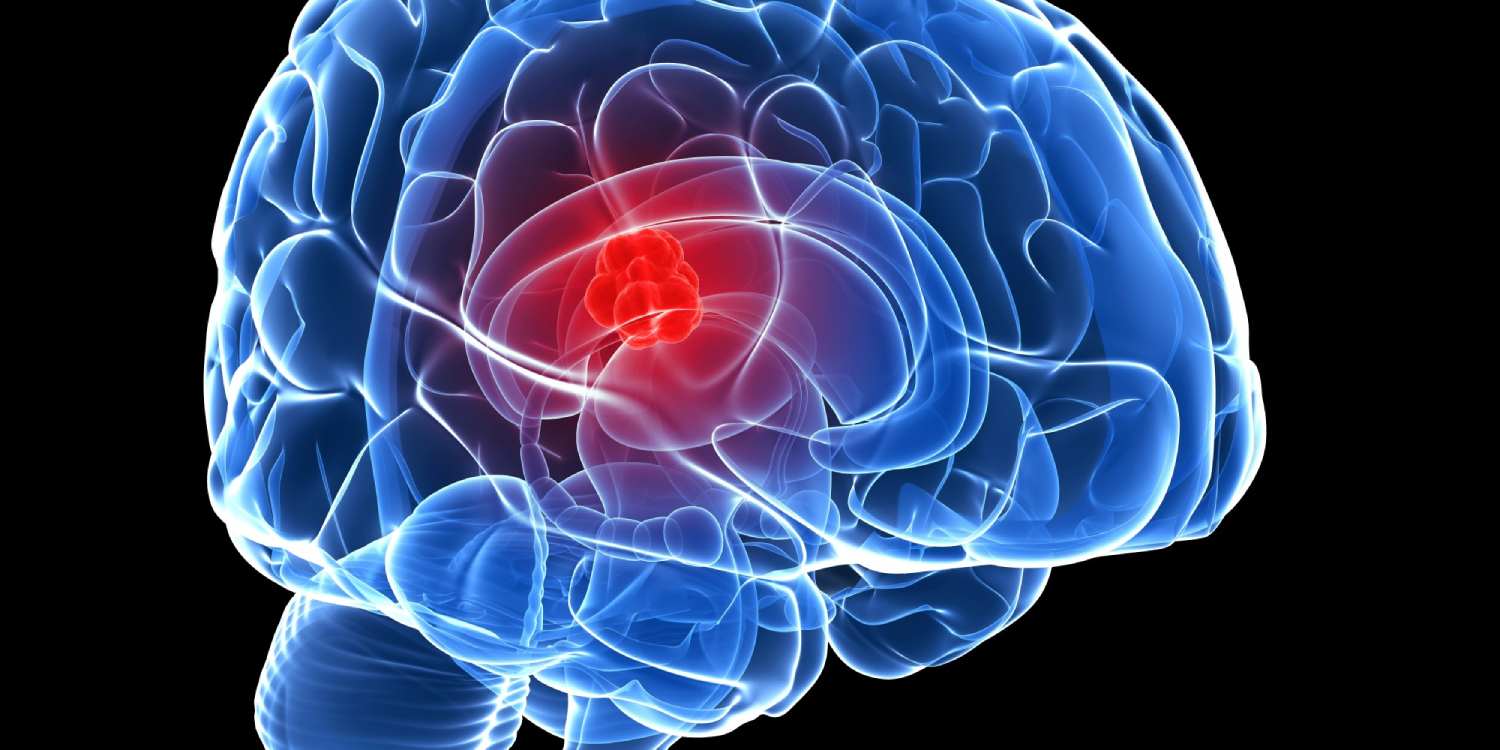#WorldBrainTumourDay: Know about types and prevention
Tue 07 Jun 2022
There are more than 120 types of brain tumours with the warning signs as diverse as the brain’s endless list of responsibilities.
But luckily, for most people the odds of developing a cancerous brain tumour are fairly low, says an expert from the global health system Cleveland Clinic ahead of World Brain Tumor Day on June 8.
“Over your lifetime, the odds of developing a cancerous tumour of the brain are less than 1%. Usually, symptoms like a headache or confusion are just your body’s way of telling you to hydrate or sleep more,” says Cleveland Clinic Neurosurgeon Gene Barnett, MD.
He adds, “There is no specific sign for a brain tumour and one can present with many different signs and symptoms, depending on where the tumour is located.”
Signs
Although there are more than 120 types of brain tumours, only about one-third of them are cancerous, says Dr. Barnett, who is Director of Cleveland Clinic’s Rose Ella Burkhardt Brain Tumor and Neuro-Oncology Center. He points out, however, that whether they are cancerous or not, brain tumours can impair brain function if they grow large enough to press on surrounding nerves, blood vessels and tissue.
With so many types of brain tumours, symptoms run the gamut from none at all to major red flags, says Dr. Barnett. Ultimately, how the body sounds the alarm depends on three things:
- Where the tumour forms.
- What part of the body does the affected area of the brain control.
- How big the tumour is.
“To know when a symptom really spells trouble, you need to know your own body. Changes in your health can be just as telling as the symptom itself,” says Dr. Barnett.
If an individual experiences one or several of these signs, Dr. Barnett recommends seeing a medical professional:
- Seizures: A tumour can make the brain’s neurons fire wildly, leading to seizures.
- Changes in mental status: Perhaps a person has experienced confusion, one too many “senior moments” or more trouble than usual figuring out a restaurant bill. Mental abilities are personal to each individual — and so are any changes to them.
- Personality or behavioural changes: “Frontal lobe tumours, in particular, can cause happy, bubbly people to develop a flat affect or cause some normally quiet people to become more talkative,” explains Dr. Barnett. “They can also cause a loss of inhibition.” type tumour warning sign
- Clumsiness: Brain stem tumours may lead to a loss of balance or clumsy movements.
- Visual problems: A tumour in the brain area that controls eyesight may affect vision. Blurred, double or even loss of vision can be signs of a brain tumour.
- Limb weakness: Losing strength or weakness in an arm or leg may be a brain tumour symptom.
- Headaches: “Most headaches are not the result of a brain tumour,” Dr. Barnett assures. “Brain tumour headaches tend to persist for more than a few days, are associated with nausea or vomiting or occur early in the morning.”
Signs of brain metastases type tumour warning sign
Surprisingly, Dr. Barnett points out, most common brain tumours do not actually start in the brain. Brain metastases, or metastatic brain tumours, spread to the brain from other parts of the body — most often from the lungs, breasts, skin, kidneys or colon.
“A person with a known history of these cancers who develops any of these neurological symptoms should be evaluated,” Dr. Barnett says.

This Article is contributed by Neurosurgeon Gene Barnett, MD, Cleveland Clinic.
Disclaimer: All views and opinions expressed in TheBrew Opinion – TheBrew opinion section – are those of the authors and do not necessarily reflect the official policy or position of TheBrew.ae, the company, or any of its members.

 Apr 19 2024
Apr 19 2024












